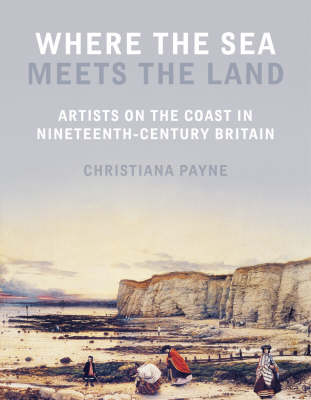The coastline of Great Britain was a powerful magnet for artists in the nineteenth century. Its strong light created ideal conditions for experiments in open-air sketching and photography, and the difficulties of painting the endlessly moving waves presented a constant challenge. It also occupied a crucial place in important debates of the time. Napoleon's planned invasion in the early years of the century focused attention on the coast as a defensive boundary. Coastal geology and marine biology provided much of the evidence used in the disputes over theories of evolution which led to the publication of Charles Darwin's On the Origin of Species in 1859. Meanwhile, the British invention of the seaside holiday gradually worked its way down the social scale. The author explores artists' responses to the coast and looks at the different ways politicians, tourists, theologians, poets and scientists would have viewed the coast. She shows how the images fit into the wider responses to social change and the transformation of religious belief.
Special attention is paid to the development of lighthouses and lifeboats, and to the interest in the social organisation of fishing villages, both of which provided important subject matter for artists. Cartoons, photography and book illustrations are considered alongside significant oil paintings and watercolours. Their themes range from satirical humour to the most serious philosophical reflections. The book discusses the work of well-known artists, including JMW Turner, John Constable, William Powell Frith and Winslow Homer, as well as others, such as James Clarke Hook and Henry Moore, whose contributions have been little studied in modern times.
- ISBN10 1904537642
- ISBN13 9781904537649
- Publish Date 2 April 2007
- Publish Status Out of Print
- Out of Print 28 May 2014
- Publish Country GB
- Imprint Sansom & Co
- Format Paperback
- Pages 224
- Language English
